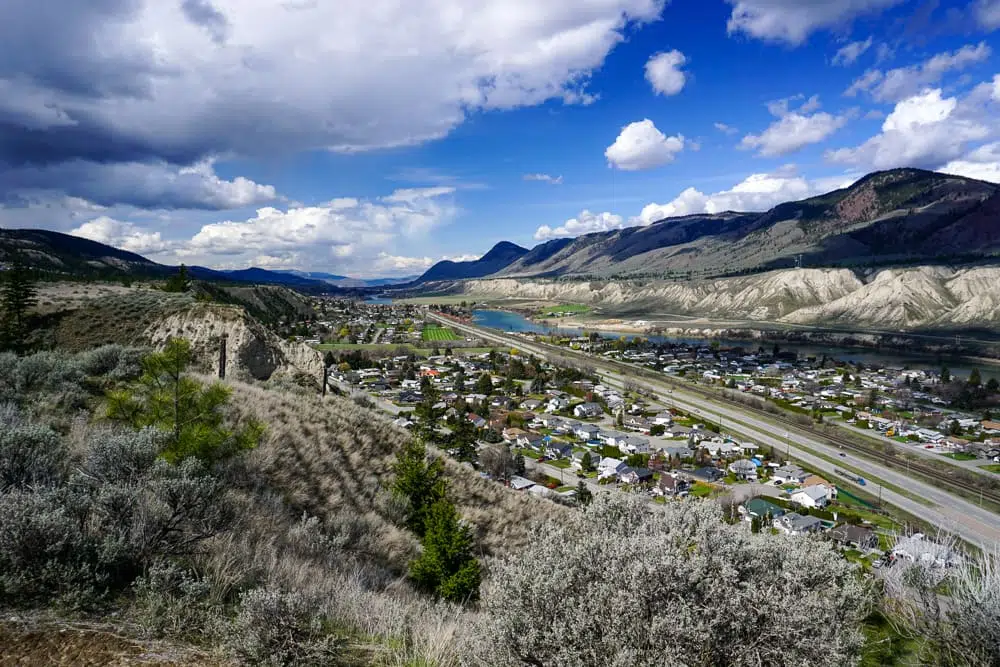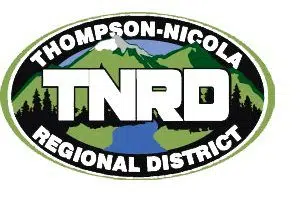
Photo via Hike Kamloops
A resident in Barnhartvale says he and his neighbours would feel a lot more comfortable if more fire mitigation work were done in the area.
Don Marshall owns 20 acres in Barnhartvale, consisting of young pine trees, beetle kill trees, grass and sagebrush.
Speaking on NL Newsday, the 72-year-old says the work could be done by BC Wildfire Service personnel – outside of fire season.
“And it makes them much more aware of the areas, the different access roads to get in and out of these places in the case of a fire later, so then we do have people experienced in the area and, also, keep them working. Give them a good job and good pay and they’ll do a good job for us,” Marshall says.
“I just think we should utilize our trained fire people we have fighting fires today to possibly work in the fall and the early spring, give them some more hours, and have them help out us guys as well as the Crown land. Because the Crown land, there’s a lot of area to cover.”
Marshall says he does fire mitigation on his property every spring. But he says what he can do is limited, saying even with a permit he’s not able to burn large piles because of overnight burning restrictions on private property, and that he’s also not able to haul larger trees himself. He says he would pay for it if the province allowed more work to be done on his property.
Marshall says after the 2003 wildfires, there was fuel mitigation work done on Crown land behind his property, and he says contractors didn’t have to follow all of the same rules as private landowners because they were trained firefighting professionals. He says that can, and should, be able to happen more often.
Earlier this month, mayor of Kamloops Ken Christian said he would to see much more money dedicated each year to do prescribed burns and reducing the risk of forest fires in interface zones. He says up to $250,000 goes into that work in Kamloops every year which he said is “a drop in the bucket” towards addressing the risk.
Last week, Premier John Horgan also said the “biggest challenge” for the fire risk in interface communities is having too much fuel on the forest floor. He said he was hopeful the federal government will be a partner in funding to address that risk.
(Photo: hikekamloops.ca)
– with files from Brett Mineer















